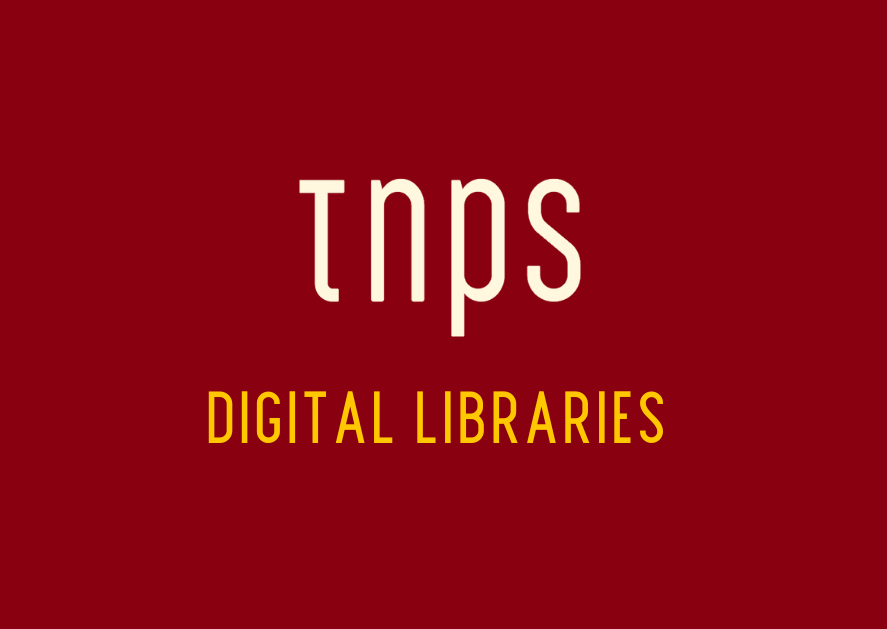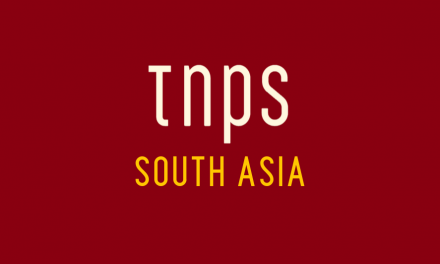While the Delhi events organisers understand the potential of digital, the Kolkata organisers seem quite oblivious to the fact that India has 755 million people online – second only to China and more than twice as many internet users as the USA. Kolkata’s publishers – and consumers – pay the price.
India’s publishing shift to digital is a slow one as many publishers and book fair organisers opt to wait out the Pandemic rather than move forward, but the annual Delhi Book Fair (not to be confused with the New Delhi World Book Fair) is among those bodies that are embracing the digital advantage.
Organised by the Federation of Indian Publishers and hosted by pragatiE and CAPEXIL, the second virtual fair will run 3-5 September, following the overwhelming success of the first virtual fair in 2020, that clocked 200,000 visitors.
Per the press release,
The global tonality of the fair even provides a platform for advertisers, sponsors, and exhibitors in creating potential networks along with brand promotion and showcase on an international marketplace. The platform for this event at pragatiE is a complete 360° enabled setup which provides an immersive virtual experience. It will be equipped with a new and improved marketplace to facilitate the sale of books and is also laced with features that allow live video calls and integration of WhatsApp messenger.
This year’s event is anticipating 300,000 visitors, including at least 15,000 from outside India.

The backing of the Federation of Indian Publishers, which claims to include up to 80% of the industry, is in stark contrast to the resistance to digital advance from book fair organisers elsewhere. The Kolkata International Book Fair, for example, has adamantly refused to consider a virtual edition during the Pandemic, leaving its rival at the top of the book fair arena, the New Delhi World Book Fair (not connected with the Delhi World Book Fair) to notch up 2.7 million hits from over 70 countries worldwide during its digital incarnation earlier this year.
The key difference between the two Delhi fairs and the Kolkata event is that the Delhi fairs are industry-facing, while Kolkata is public-facing.
While the Delhi events organisers – and by extension the larger part of the Indian publishing establishment – understand the potential of digital, the Kolkata organisers seem quite oblivious to the fact that India has 755 million people online, second only to China and more than twice as many internet users as the USA.
Kolkata’s publishers – and consumers – pay the price.
But the great thing about digital is the progressive arm of the Kolkata publishers and consumers can and will be heading for the Delhi Book Fair next month, and from the comfort of their homes, on their smartphones.
It’s 2021, and the organisers of the Delhi book fairs understand this. But it seems some sectors of India’s publishing industry have yet to wake up to this fact.





